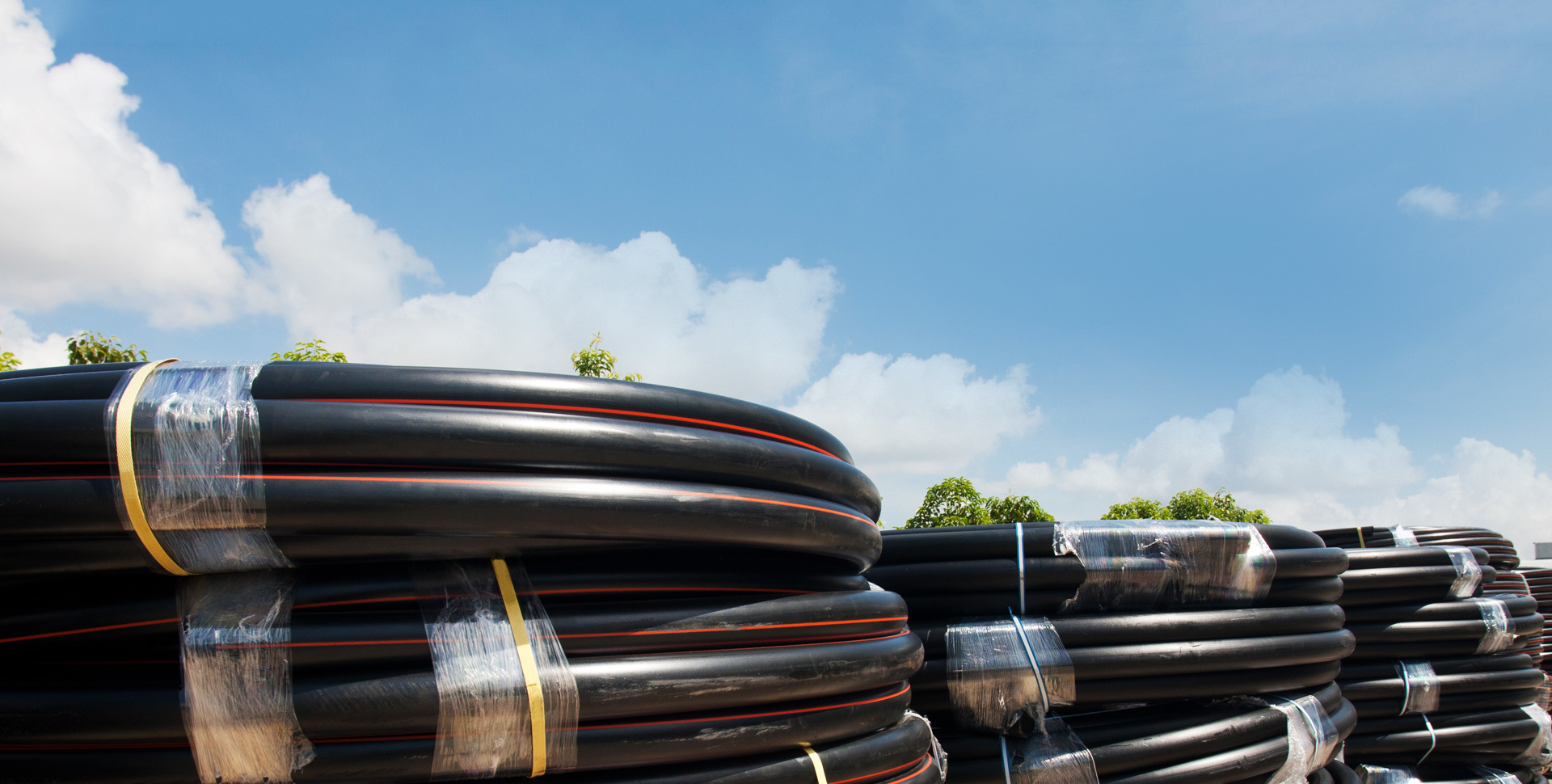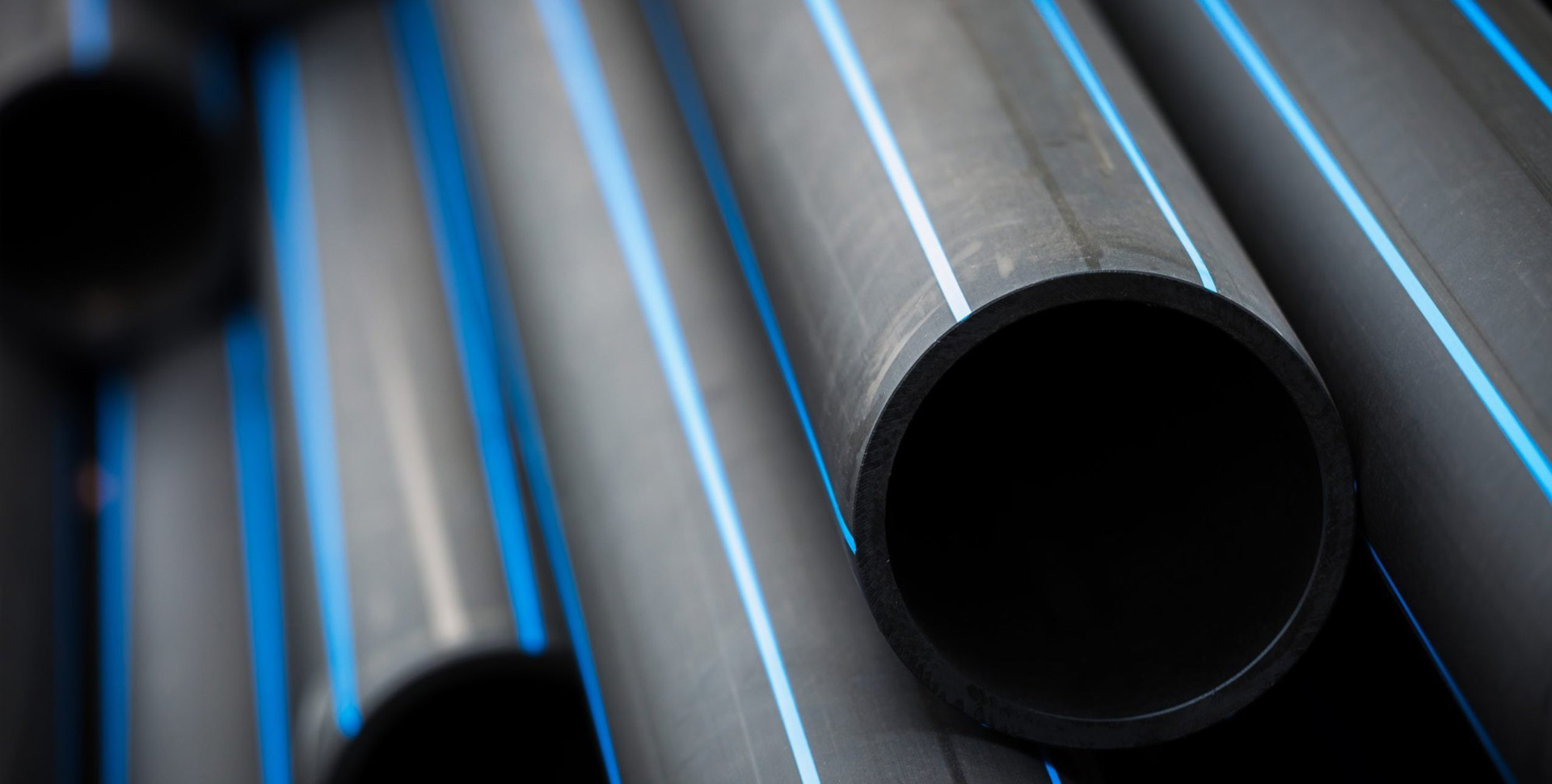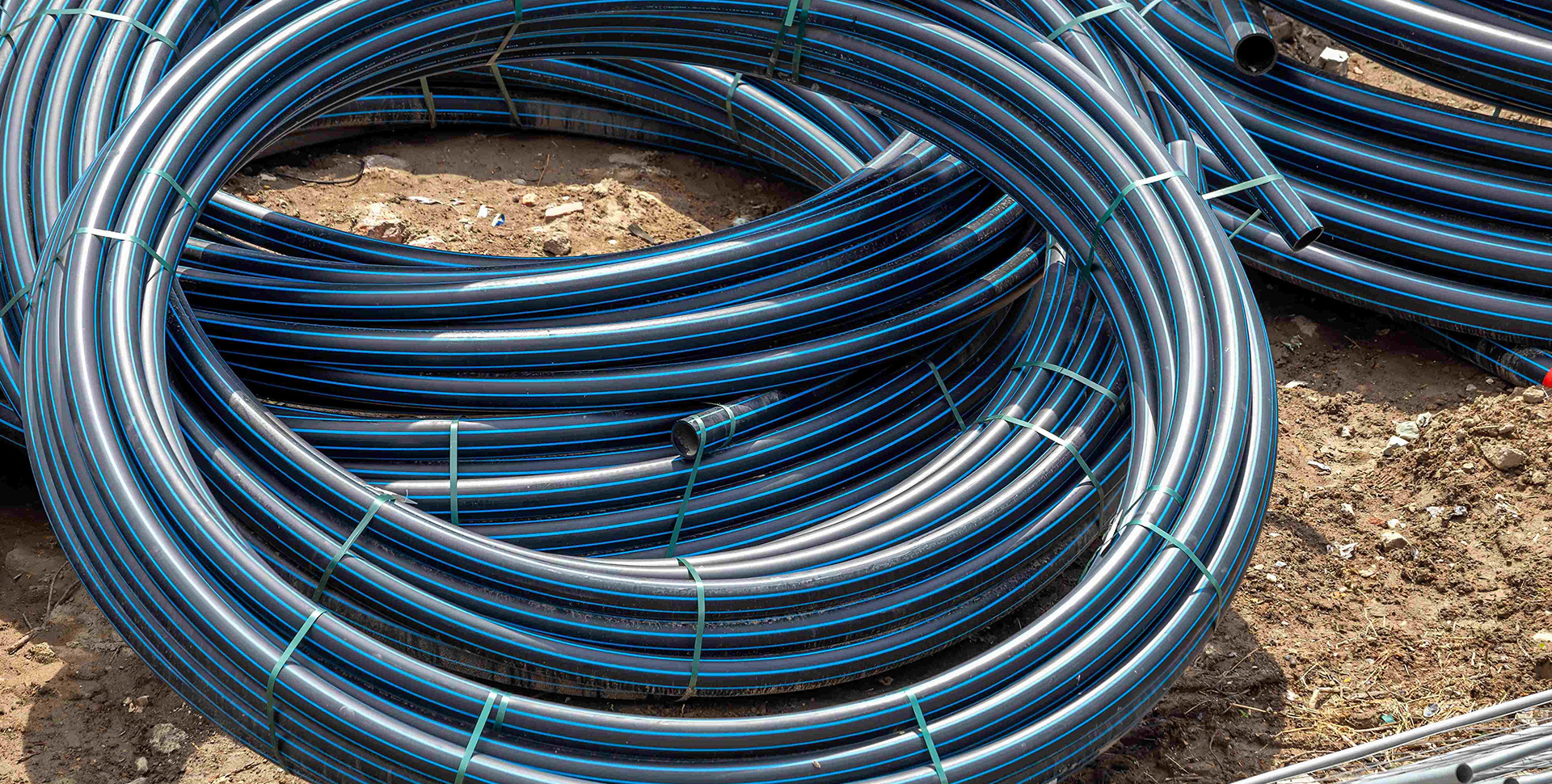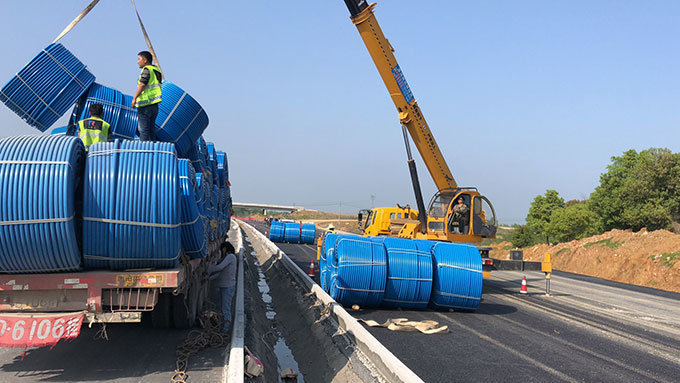Maximizing Space Utilization with Microtube Cluster Tube Configurations
Oct 20,2024
Maximizing Space Utilization with Microtube Cluster Tube Configurations
Introduction to Microtube Cluster Tube Configurations
In today's rapidly evolving industrial landscape, the demand for efficient space utilization has never been greater. As businesses strive to optimize their operational areas, **microtube cluster tube configurations** emerge as a pivotal solution. These intricate arrangements are designed to enhance the use of limited space, enabling industries to improve their functionality while maintaining high standards of safety and performance.
Understanding Microtube Technology
Microtubes are small-diameter tubes that serve a variety of functions across multiple sectors, including construction, chemical processing, and medical applications. Their unique properties, such as flexibility and strength, make them ideal for creating complex arrangements that maximize functional space.
The Evolution of Microtube Cluster Technology
The concept of microtube clusters is not entirely new; it has evolved over time in response to the increasing need for space efficiency. This evolution has been driven by advancements in materials science and engineering, enabling the development of lightweight yet robust microtubes. As a result, businesses can now implement these clusters in ways that were previously unfeasible.
Key Benefits of Microtube Cluster Configurations
Microtube cluster configurations offer numerous advantages that can significantly impact operational efficiency:
- Space Optimization: By allowing for denser packing of systems, microtube clusters can fit into tighter spaces without compromising performance.
- Weight Reduction: These configurations often lead to lighter installations, reducing the overall weight burden on structures.
- Enhanced Flexibility: Microtubes can be easily routed around obstacles, providing better adaptability to unique spatial challenges.
- Improved Thermal Management: The configuration can enhance heat dissipation, optimizing temperature control within various applications.
Design Principles for Microtube Cluster Configurations
When designing microtube cluster configurations, several principles must be considered to ensure effectiveness and safety.
Material Selection
Choosing the right materials for microtubes is crucial. Options such as polyethylene, polyamide, and PTFE provide different advantages, depending on the intended application. For instance, PTFE microtubes are resistant to chemicals, making them ideal for the chemical processing industry.
Configuration Design
The layout of microtubes within a cluster can significantly affect performance. Factors such as spacing, orientation, and connectivity should be optimized to minimize resistance and maximize flow. Utilizing 3D modeling tools can help visualize and test various configurations before implementation.
Flow Dynamics and Pressure Considerations
Understanding flow dynamics is essential for optimizing cluster configurations. Engineers must analyze pressure drops and flow rates to ensure the microtube setup meets operational demands. Computational Fluid Dynamics (CFD) simulations can provide valuable insights during the design phase.
Applications of Microtube Cluster Tube Configurations
Microtube cluster configurations find applications across diverse fields, showcasing their versatility and effectiveness.
1. Construction and Architecture
In construction, microtube clusters are employed in HVAC systems, plumbing, and electrical conduits. Their compact nature allows for more efficient use of available space within buildings, leading to streamlined installations and improved energy efficiency.
2. Medical Devices and Healthcare
Microtubes are integral to medical devices, including catheters and infusion systems. Their ability to navigate narrow pathways allows for minimally invasive procedures, improving patient outcomes and reducing recovery times.
3. Chemical Processing
In the chemical industry, microtube clusters facilitate efficient transport of fluids and gases. Their resistance to corrosion and high-pressure capabilities make them suitable for transporting aggressive substances, ensuring both safety and reliability.
4. Telecommunications
Microtube configurations play a vital role in telecommunications infrastructure, housing fiber optic cables and other critical components. The ability to pack cables tightly without compromising accessibility enhances network reliability and performance.
Installation Guidelines for Microtube Clusters
Proper installation of microtube cluster configurations is essential for achieving optimal performance.
Site Assessment
Before installation, a thorough site assessment is necessary to identify potential challenges. This assessment should consider existing structures, utilities, and environmental factors that could affect the installation process.
Installation Techniques
Utilizing the right tools and techniques during installation can prevent damage to microtubes. Techniques such as careful routing and secure anchoring should be employed to ensure stability and longevity.
Maintenance Tips
Regular maintenance of microtube cluster systems is crucial to prevent blockages and other issues. Implementing routine inspections and cleaning schedules can help ensure that the configurations remain functional and efficient.
Future Trends in Microtube Technology
As technology continues to advance, several trends are shaping the future of microtube cluster configurations.
Smart Microtubes
Innovations in sensor technology are leading to the development of smart microtubes that can monitor flow rates, temperature, and pressure in real time. These advancements will enhance system reliability and allow for proactive maintenance.
Biodegradable Materials
The push for sustainability is driving research into biodegradable materials for microtubes. This could lead to more environmentally friendly options, reducing the ecological footprint of industrial processes.
Integration with Automation
Automation and robotics are increasingly being integrated into microtube systems, allowing for greater precision and efficiency in handling and installation processes. This trend promises to revolutionize the way microtube configurations are utilized in various applications.
FAQs About Microtube Cluster Tube Configurations
1. What are microtube cluster configurations?
Microtube cluster configurations refer to the arrangement of small-diameter tubes in a clustered fashion to optimize space utilization in various applications.
2. What industries commonly use microtube technology?
Industries such as construction, healthcare, chemical processing, and telecommunications frequently utilize microtube technology for its space-saving benefits.
3. How do I choose the right material for my microtube application?
The choice of material should be based on the application's specific requirements, such as temperature resistance, chemical compatibility, and flexibility needs.
4. What are the advantages of using microtube clusters in construction?
Microtube clusters in construction allow for more efficient use of space, lightweight installations, and improved energy efficiency in systems like HVAC and plumbing.
5. What maintenance practices should I follow for microtube configurations?
Regular inspections, cleaning, and proper handling during installation can help maintain the functionality of microtube cluster systems.
Conclusion
Maximizing space utilization with microtube cluster tube configurations presents a compelling solution to the challenges posed by limited operational areas. By adhering to sound design principles, selecting appropriate materials, and leveraging advanced technologies, industries can significantly enhance their efficiency and functionality. As we move forward, the integration of smart technologies and sustainable materials will only augment the effectiveness of microtube configurations, paving the way for innovative applications and practices. Embracing these advancements will ensure that businesses remain competitive in an ever-evolving market.
Latest News







